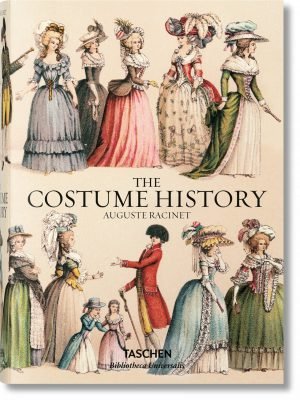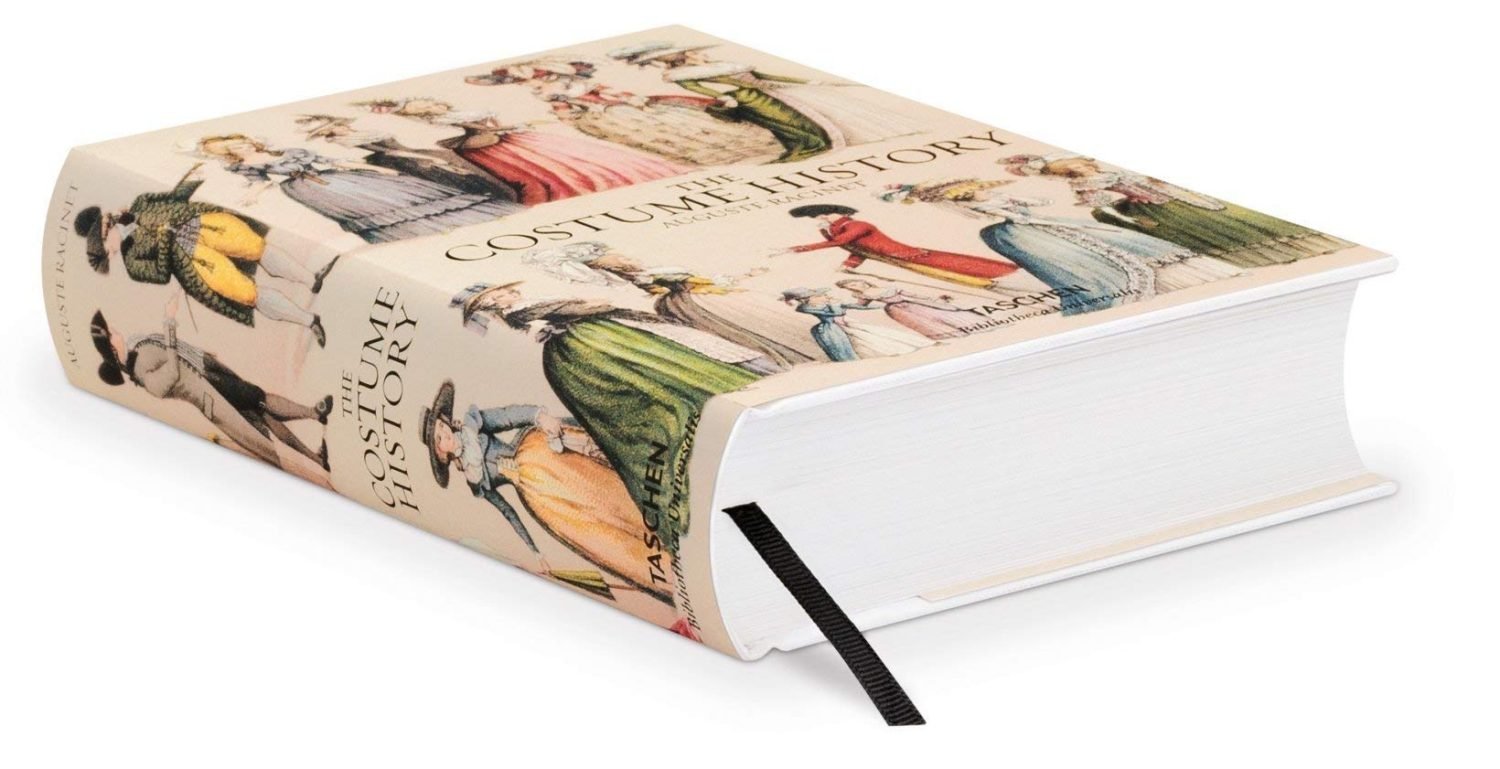Facsimiles of the Miniatures and Ornaments of Anglo-Saxon and Irish Manuscripts. Polychromatic ornament by Auguste Racinet.
Category: 9th Century
The Ducal Palace at Venice. The Palace of the Doges.
The Doge’s Palace in Venice was the seat of the Doge and the governing and judicial organs of the Republic of Venice from the 9th century onwards.
Costumes of the Byzantine Middle Class. 400 A.D. – 1100 A.D.
Byzantine costume was the dress of the world after the fall of Rome.
Byzantine silk fabric with elephants from the 8th to 10th century.
Silk fabric. Background red pattern opposite. Large circles with elephants. The pattern is a Byzantine redesign of an originally Sassanid pattern.
Byzantium. Costumes of the Eastern Roman emperor and empress.
History of Costume. Byzantium. 400 – 1100 AD. Costumes of the Eastern Roman emperor and empress.
Armament. War costumes from the 9th to 13th century in France.
Armament of the Middle Ages in France. Ring armour. Chain mail. War costumes from the 9th to 13th century.
The Byzantine Ornament of Antiquity and the Middle Ages.
The Byzantine style of art. The Romanesque style. Marble mosaic work. Examples of flowing foliage. Ornamental forms of ancient Persepolis. Ornamentation of the Middle Ages.
Byzantine Art. Mural, paintings, mosaics, and paintings from manuscripts.
Marginal paintings. Paintings in St. Sophia. Mosaics from Palermo. Enameled border. Paintings at Constantinople.
Royal Crowns & Sceptre of the Frankish kings.
Crowns and scepters of the Merovingian and Carolingian Frankish kings in the Middle Ages.
Byzantine. The Emperor. Greek, Latin clergy. Ascetics and monks.
Byzantine. Greek, Latin clergy. Ascetics and monks. The blessing of the Greeks and the Latins. The Emperor of the Eastern Roman Empire and the officers of his retinue. The Roman Consul. The patrician. Secular and ecclesiastical instruments.

Auguste Racinet. The Costume History by Françoise Tétart-Vittu.
Racinet's Costume History is an invaluable reference for students, designers, artists, illustrators, and historians; and a rich source of inspiration for anyone with an interest in clothing and style. Originally published in France between 1876 and 1888, Auguste Racinet’s Le Costume historique was in its day the most wide-ranging and incisive study of clothing ever attempted.
Covering the world history of costume, dress, and style from antiquity through to the end of the 19th century, the six volume work remains completely unique in its scope and detail. “Some books just scream out to be bought; this is one of them.” ― Vogue.com











